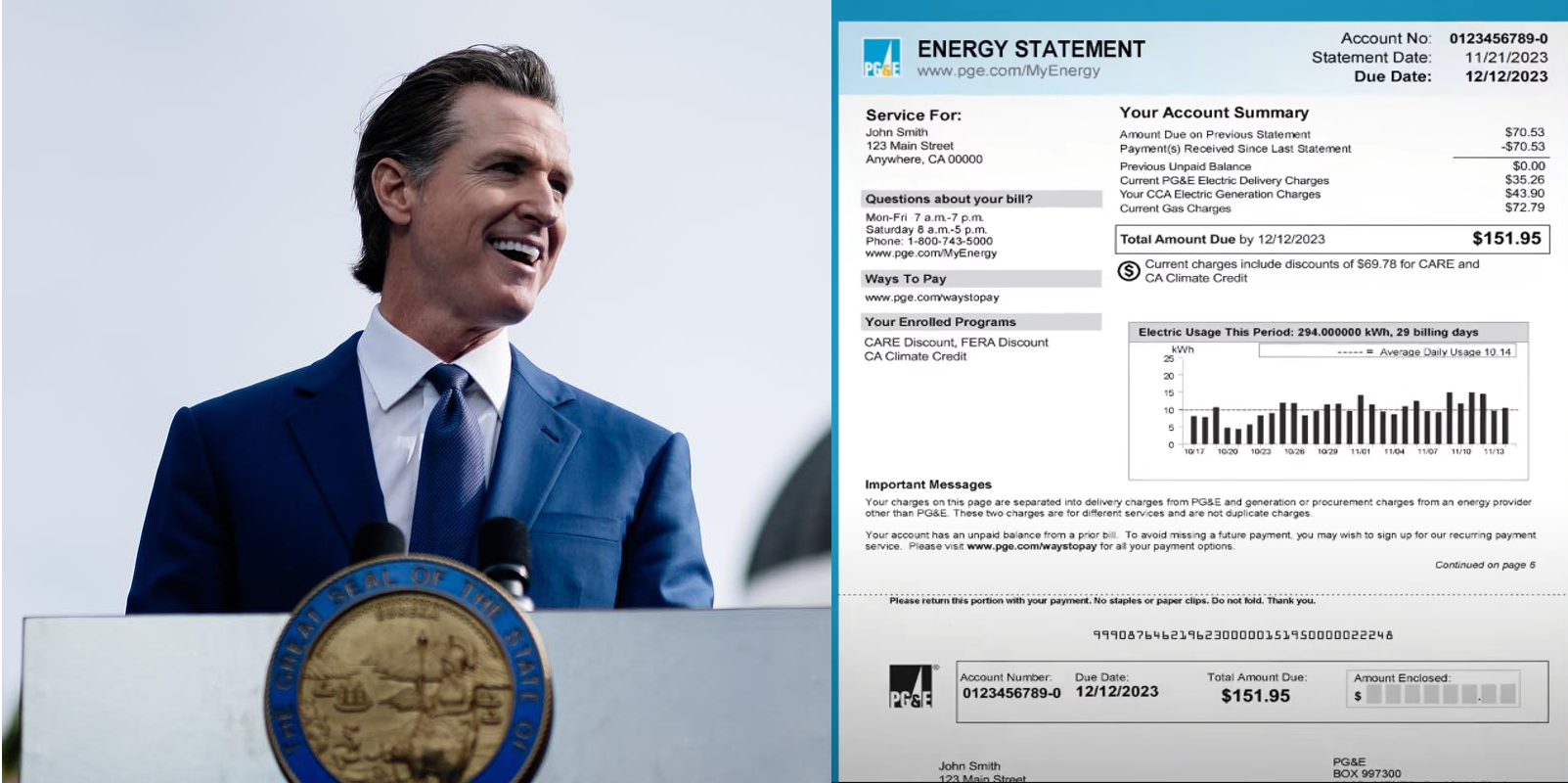Gavin Newsom has proposed a plan to help lower electricity bills in California. The plan comes as the state tries to increase the use of renewable energy and make electric bills more affordable for residents. Protesters, including renters, seniors, and environmentalists, have rallied against a recent decision by the California Public Utilities Commission (CPUC) to add a $24 monthly flat fee on residential electricity bills. This decision affects consumers who get their electricity from Pacific Gas & Electric and other providers.
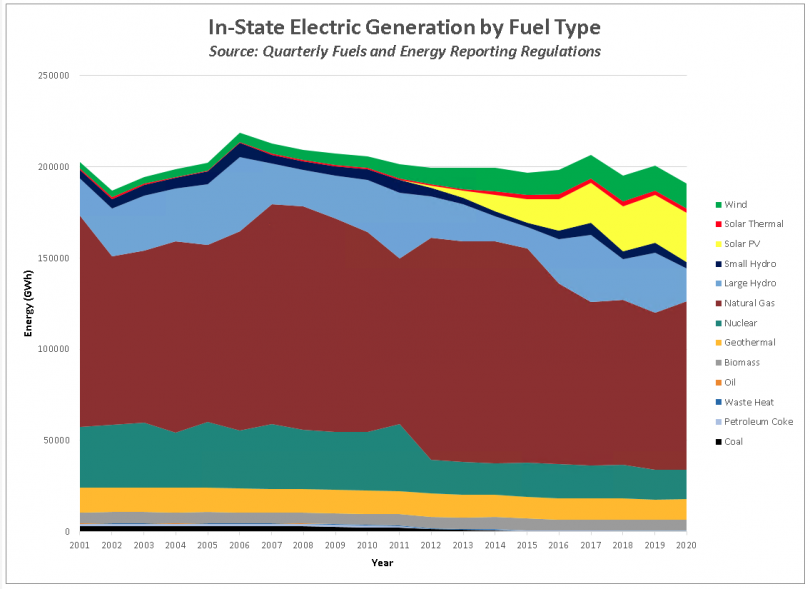
Governor Newsom’s legislative proposal aims to lower electricity bills modestly, particularly in the short term. The plan is still under wraps, but sources familiar with it say it will complement a separate legislative package designed to streamline clean energy projects. Currently, the state still relies on fossil fuels for about 40% of its electricity, far from its goal of reaching 90% renewable energy by 2035.
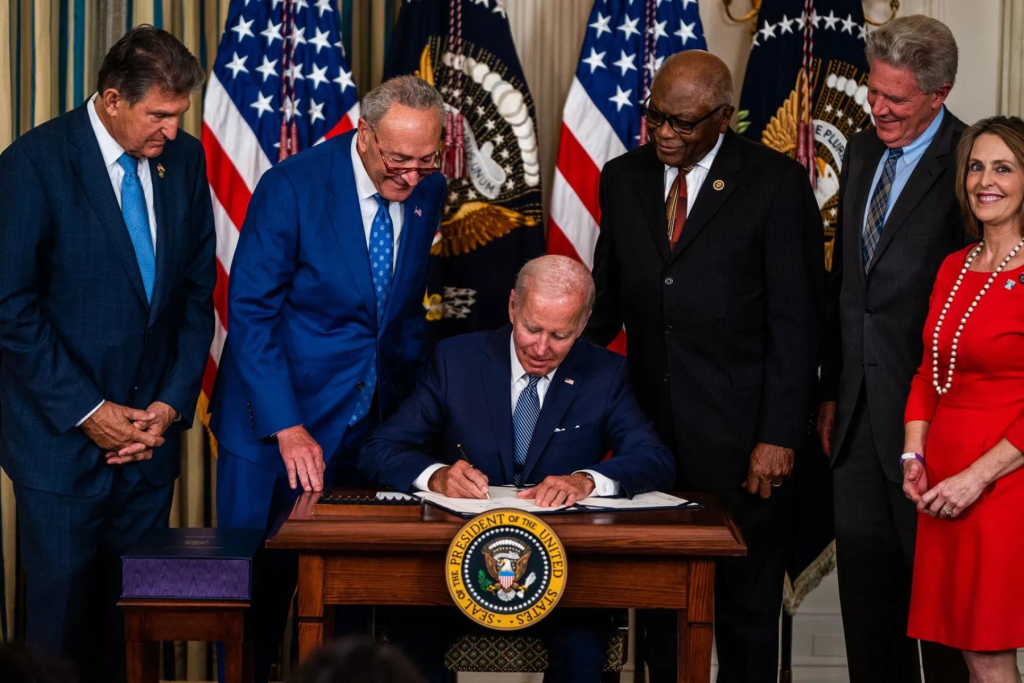
This package, nicknamed “California Made,” aligns with President Joe Biden’s climate law, the Inflation Reduction Act. Together, these efforts signal a new push toward achieving California’s clean energy goals.

The governor’s plan aims to create short-term savings of roughly a billion dollars in its first year. This would be achieved by sunsetting CalSHAPE and reining in utility wildfire mitigation costs. Additionally, the plan would lower the price of needed grid infrastructure investments. Despite these efforts, the dollar impact on the average residential electric bill is expected to be modest. California households have seen their electricity bills increase significantly, with some customers experiencing a rise of 110% over the last decade.
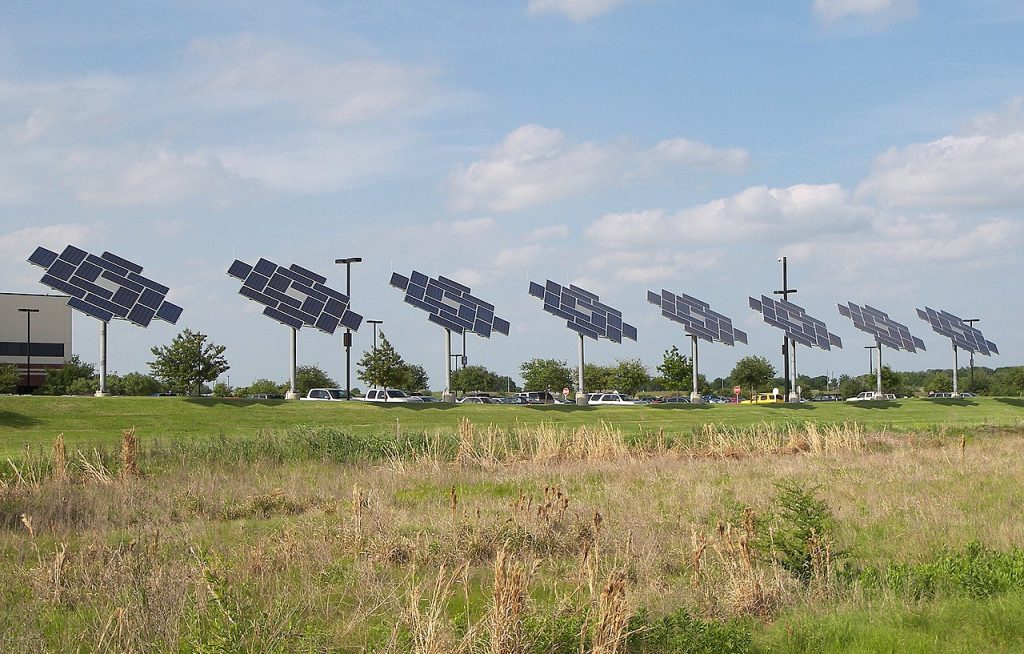
One of the key reasons for rising energy costs is the need for grid infrastructure upgrades. To address this, Newsom’s proposal includes securitization, a financial process that allows utilities to acquire low-cost debt instead of using expensive shareholder money to finance upgrades. The near-term savings might be modest, they are realistically what can be achieved in a system with little excess fat. The electricity affordability is a crisis that the state has been trying to address for several years.
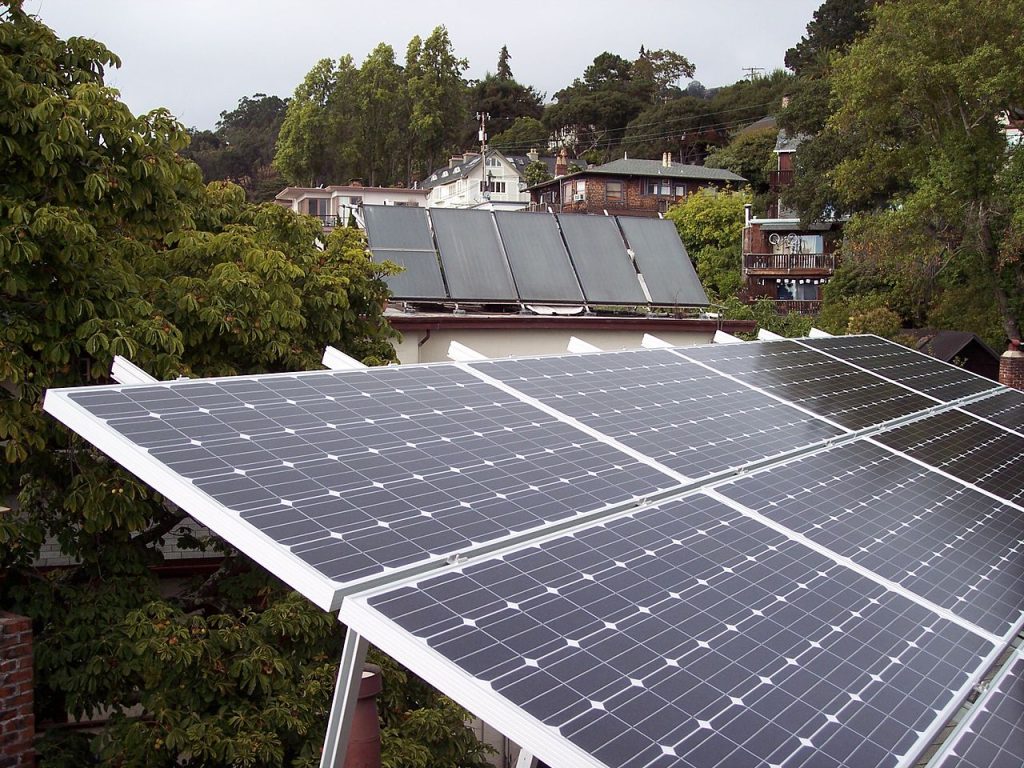
At the end of California’s legislative session, it is common for lawmakers and the governor to propose significant legislation. Senate President Mike McGuire is spearheading a draft legislative package aimed at reducing environmental permitting requirements to accelerate the development of clean energy projects. This package aims to take advantage of federal investment in clean energy and includes new tax credits, a “one-stop shop” for expedited environmental permits, and a “master” environmental impact report for designated projects. McGuire said the package is designed to bolster grid reliability, meet growing energy demand, create jobs, and boost the clean energy economy.
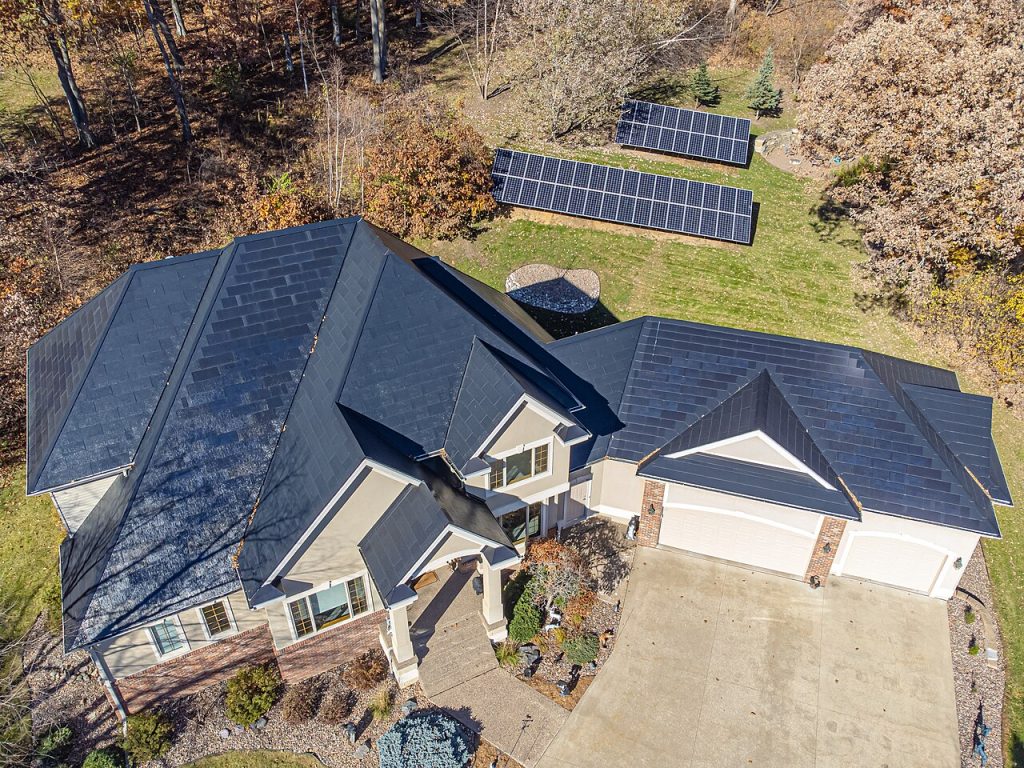
The CPUC recently allowed big utility companies like Pacific Gas & Electric to add a fixed charge to people’s monthly power bills. This charge, starting late next year, will be around $24.15 per month for most people, though those with lower incomes enrolled in certain discount programs will pay less. In return, the price of electricity will decrease by 5 to 7 cents per kilowatt-hour. However, existing solar users may see their bills increase, as their solar production will be credited at a lower retail rate.
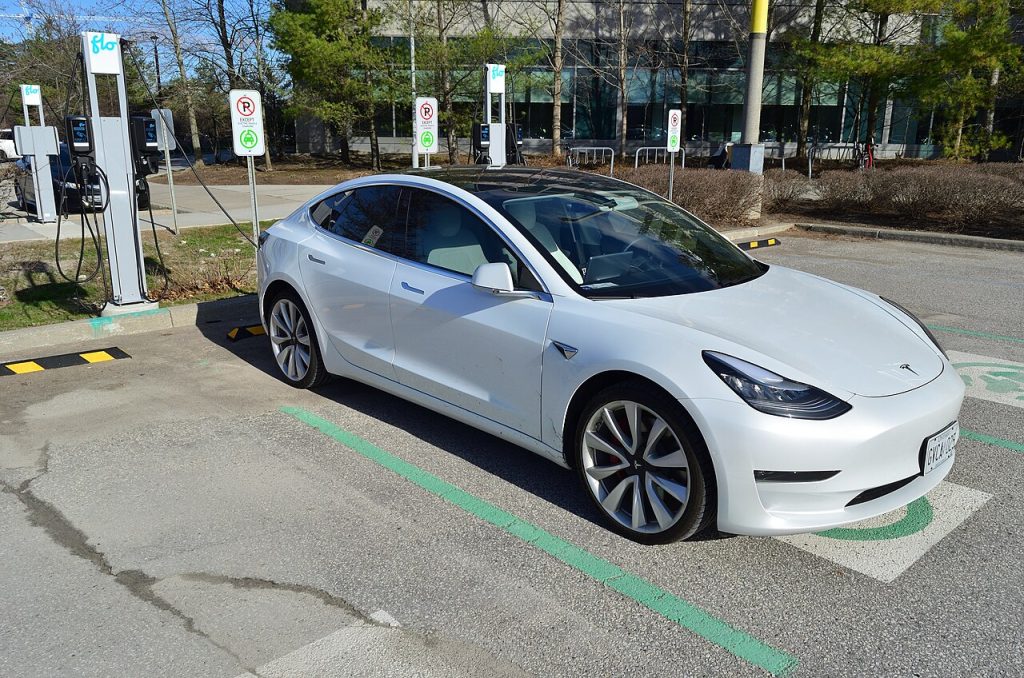
California is shifting towards cleaner energy sources like solar and wind to reduce pollution. The state leads in electric vehicle adoption and promotes electrifying homes with appliances like heat pumps and stoves. CPUC President Alice Reynolds emphasizes the need to increase electricity usage to meet climate goals, which could benefit those using a lot of energy. Residents in hot areas like Fresno, where air conditioning is crucial, may also save money due to lower electricity prices outweighing the fixed charge.
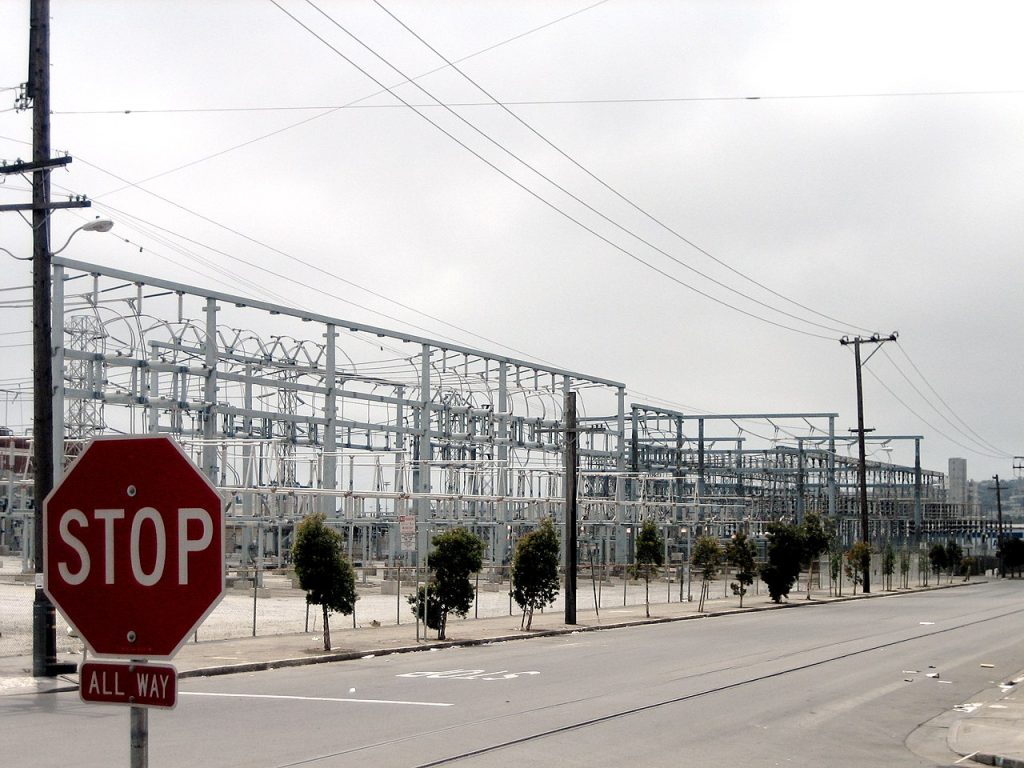
Despite these efforts, increased electricity usage has strained the state’s energy supply, leading to rolling blackouts during high-demand periods. State officials advise conserving energy, especially during peak hours when solar energy is less available. Some critics worry that lowering electricity prices may discourage conservation efforts, though Commissioner John Reynolds argues that the fixed charge won’t undermine conservation as utilities already offer incentives to conserve during peak hours.
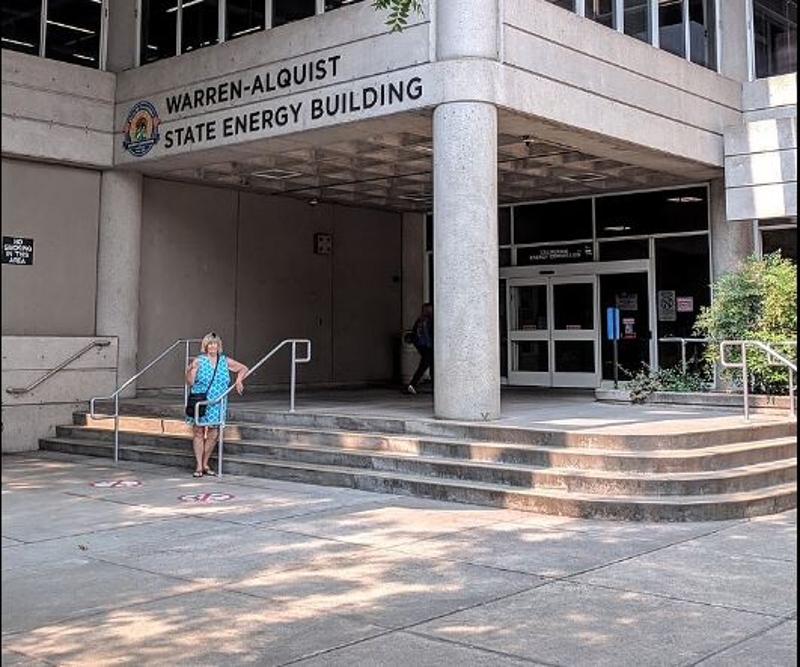
For those using less energy, including apartment dwellers or those with solar panels, the fixed charge might raise monthly bills. Critics suggest there are better ways to reduce utility rates and encourage clean energy adoption. A bill in the state Legislature aims to limit any increase in the fixed charge and cap it at $10 by 2028. This proposal, though lower than what utility companies requested, raises concerns about increasing costs in a state with already high utility rates.

